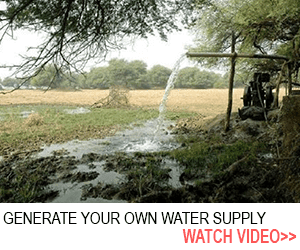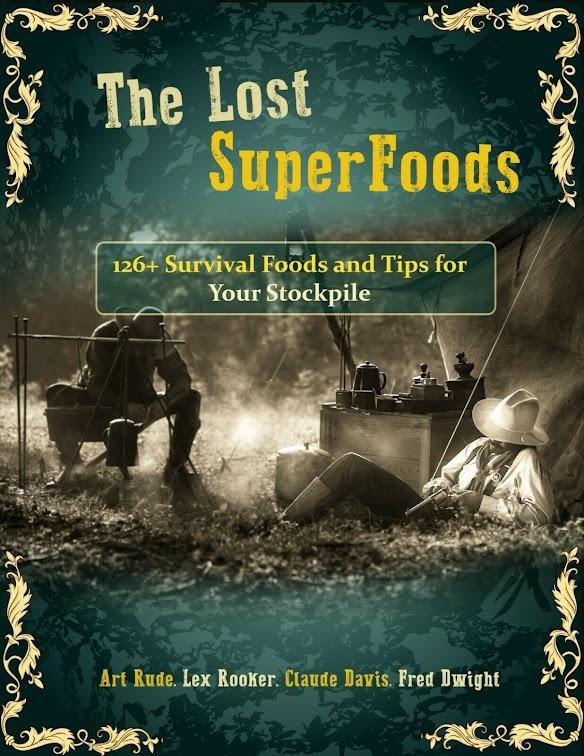Because hope isn’t a plan. But prepping is.
When disaster strikes, seconds count. Power goes out. Stores close. Panic spreads. You either have what you need—or you don’t. That’s why having a fully stocked, smartly built prepper supplies kit isn’t just a good idea—it’s survival 101.
This guide breaks down everything you need to build a kit that actually works when things go sideways. Let’s dive in.
⚡ Why Prepping Isn’t Optional Anymore
Prepping is the proactive art of staying one step ahead. It’s not about fear. It’s about readiness, resilience, and responsibility.
Your kit should include:
-
Food & water
-
Shelter supplies
-
Medical gear
-
Tools, lighting, and fire-starting equipment
-
Navigation & communication devices
-
Sanitation and hygiene
-
Self-defense essentials
Preparedness is a mindset—but gear makes that mindset actionable.
🏠 The Core Benefits of a Well-Built Prepper Kit
-
Peace of Mind: You’re not scrambling when everything else is falling apart.
-
Adaptability: Whether it’s a storm, blackout, or full-blown crisis, you’re equipped.
-
Control: The more you rely on yourself, the less you need the failing systems around you.
⚖️ Essential Items to Include in Your Kit
🔦 The Bare-Bones Must-Haves
-
Flashlights + backup batteries
-
First-aid kit with essential medications
-
Multi-tool and toolkit
-
Food (canned goods, MREs, energy bars)
-
Water jugs, filters, and purification tablets
-
Emergency radio
-
Maps and matches
❄️ Expanded Add-Ons (Optional, But Highly Recommended)
-
Sleeping bags, tents, blankets
-
Waterproof outerwear + durable clothing
-
Solar chargers or crank power banks
-
Self-defense: pepper spray, knife, legal firearm
Don’t forget custom items for pets, children, or chronic medical needs.
🦇 The Basics That Should Always Be Covered
🍽 Food:
Minimum 3-day supply of non-perishables. Canned goods, dried staples, protein-rich snacks.
🚰 Water:
Three gallons per person, plus purification tools. Water is life—period.
⛺ Shelter:
Tent, sleeping bag, tarp, ground sheet. Create warmth and cover fast.
🌟 Light + Fire:
Multiple ignition sources, lanterns, candles, and stoves.
🪖 Tools:
Multi-tool, duct tape, cordage, and a good knife. Improvisation gear.
🚑 Medical:
Bandages, antiseptic, OTC meds, and prescription supplies. Know how to use them.
⏳ Long-Term Emergency Essentials
-
Freeze-dried food and bulk dry goods (rice, beans, oats)
-
Rainwater barrels and portable filters
-
Durable cookware and mess kits
-
Advanced first aid + trauma gear
-
Hygiene items: soap, toothbrush, wipes
-
Basic tools: hammer, saw, rope
Rotate. Replace. Repeat. Your long-term gear should evolve with your needs.
🌪️ Situational Kit Add-Ons
🌪 Natural Disasters:
Manual can opener, layered clothing, radio, candles, water containers.
☢ Terror Threats:
Duct tape, plastic sheeting, respirators, decon wipes, radiation detector.
❄️ Winter Blackouts:
Heaters, extra blankets, snow gear, salt/sand, traction aids.
♻️ Rotation = Reliability
Check your gear quarterly:
-
Replace expired food + meds
-
Keep batteries fresh
-
Refill water storage
-
Update maps and documents
Use transparent containers or labeled shelving for visibility and quick access.
💲 Smart Ways to Source Gear Without Going Broke
-
Buy in bulk: Food, batteries, tools = big savings
-
Shop secondhand: Yard sales, army surplus, Craigslist
-
DIY when possible: Water filters, solar chargers, fuel storage
-
Trade or barter: Skills and supplies with fellow preppers
Prep smart. Not broke.
⚖️ Maintaining Your Kit Like a Pro
-
Restock quarterly
-
Track expiration dates
-
Test your gear
-
Rotate everything
-
Practice using your kit
✅ Final Takeaway
Prepping isn’t a one-time event. It’s a way of life. And a smartly built, regularly updated prepper supplies kit gives you the power to face anything—from an inconvenient outage to a total grid-down collapse.
Start small. Stay sharp. Level up over time.
Your future self will thank you.



